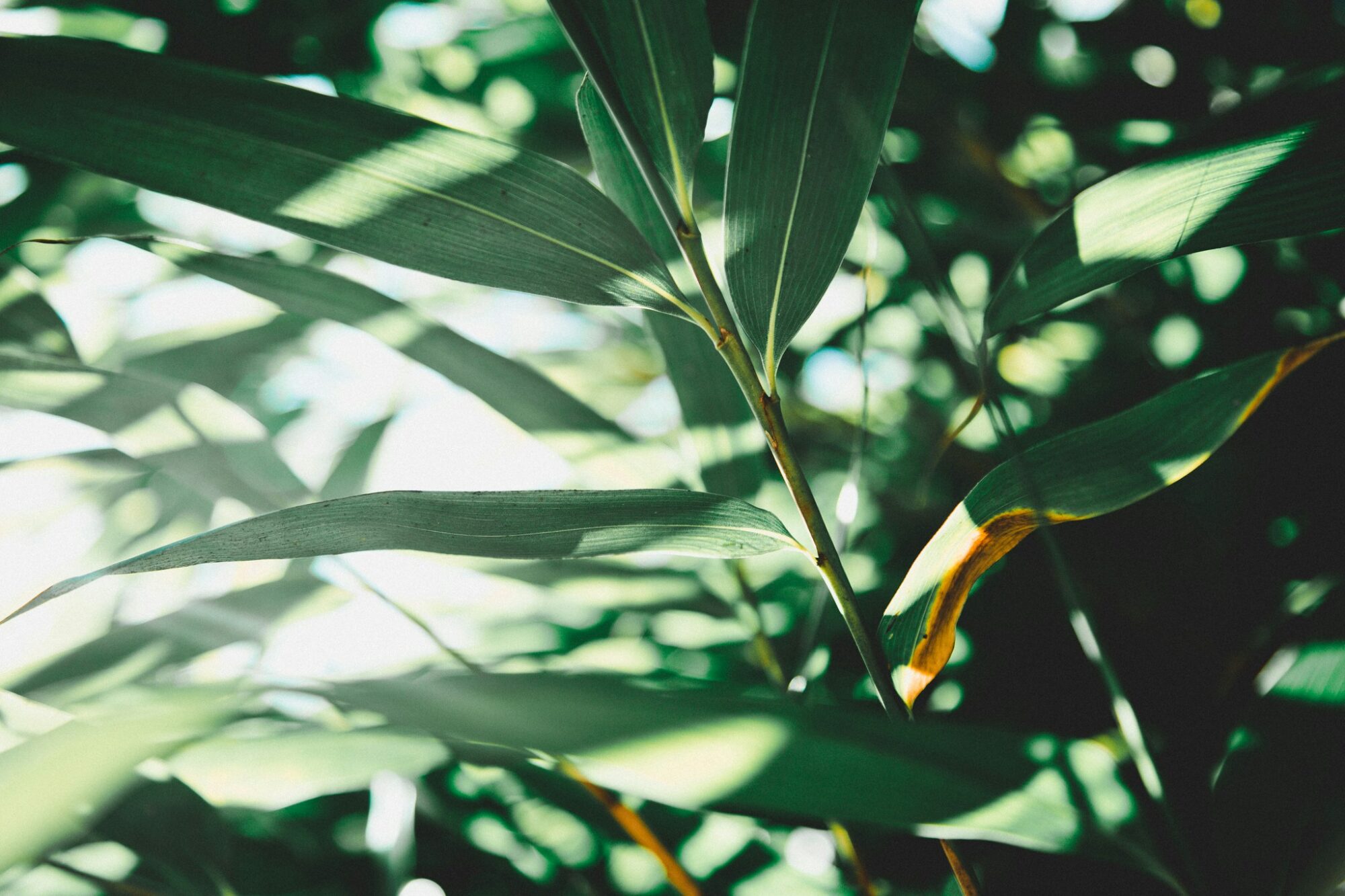The study of spirit eventually leads back to the hand. Ideas ripen when they touch wood, clay, fire, air, and water. The same intelligence that shaped thought must relearn to shape the world. Design, craft, cooking, gardening, cleaning, walking—these are not secondary to contemplation; they are its completion. They root consciousness in the tangible so that it may breathe again.
Every material act is a conversation between elements. The carpenter listens to the patience of wood, the potter to the yielding of earth, the cook to the transmutation of flame.
Even tidying, when done attentively, is a form of earthwork: a rearrangement of density into rhythm.
To live well is to collaborate with these elemental teachers until motion, intention, and texture become one gesture of understanding.
Mathematics hides within this intimacy.
The body follows ratios instinctively—the balance between curve and weight, the geometry of a bowl or a loaf of bread, the interval between breath and step.
The golden proportion is not an abstraction; it is how life distributes energy evenly through form. When design follows this law, the object rests easily in the hand, the room feels kind, the garden grows in quiet order.
Beauty is equilibrium felt rather than seen.
Rewilding begins where separation ends.
It does not mean escape from civilization but reconciliation with its foundation. To touch soil, to know the smell of iron after rain, to sense how wind carves the edges of leaves—these are acts of remembering.
Nature is not outside; it is the larger body within which our smaller body breathes.
To heal the planet, one must first heal the numbness that forgets this belonging.
Healing, in this sense, is not treatment but restoration of correspondence.
Each element speaks a medicine:
Earth steadies, Water releases, Fire transforms, Air clears, and Space reconciles.
The craftsman, the gardener, the cook, the cleaner—all are healers who learn the grammar of these forces through repetition.
The world repairs itself through their hands.
When consciousness reenters the material, design becomes prayer through doing.
A well-made chair, a tended meal, a clean window—these are silent hymns.
They align geometry, nourishment, and light into gestures of coherence.
The sacred no longer hides in abstraction; it shines from surfaces touched with care.
To return to the practical is to complete the circle: the continuum of thought descending into craft, of perception returning to soil.
In the rhythm of sweeping, mixing, measuring, and tending, the metaphysics of order finds its heartbeat again.
Each action becomes a seed of balance.
Each ordinary task becomes an act of healing for the house of the world.

